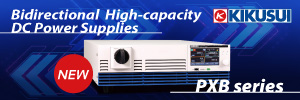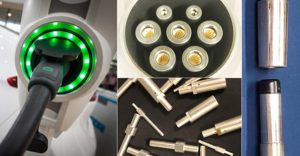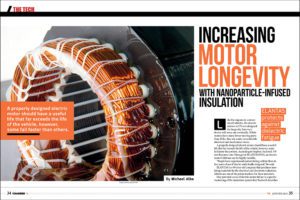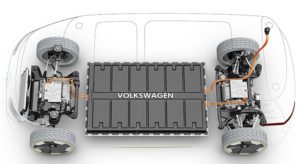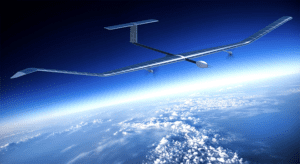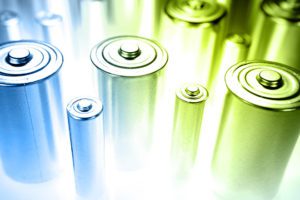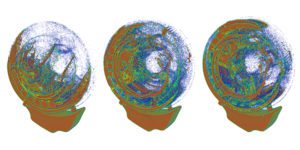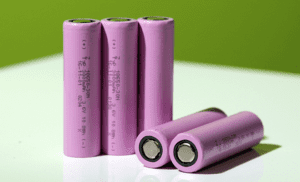Nanostructure specialist Xtalic has created new nanostructured metal alloys and coatings for EV applications, including: • Extending the life of charging connectors • Producing stable components for high-temperature environments • Lightweighting • Improving corrosion resistance Equipped with Xtalic’s nanostructured allows, XTRONIC and LUNA, charging connectors achieve more than 10,000 charge cycles in real-world conditions, according… Read more »
Search Results Found For: "NANO ONE"
Tokyo researchers improve battery performance with nanodots
Researchers from the Tokyo Institute of Technology and Okayama University have demonstrated a way to improve the performance of lithium-ion batteries by coating the LiCoO2 cathode in BaTiO3 nanodots. The research could lead to EV batteries that charge quicker and last longer. The researchers fabricated three LiCoO2 cathodes: one bare, one coated with a planar… Read more »
ELANTAS increases electric motor longevity with nanoparticle-infused insulation
Protecting against dielectric fatigue Like the engines in conventional vehicles, the electric motors in EVs are designed for longevity, but every device will wear out eventually. While motors have many fewer moving parts than ICEs, they are under considerable electrical and mechanical stress. A properly designed electric motor should have a useful life that far… Read more »
VW invests $10 million in battery start-up Forge Nano
Volkswagen is investing $10 million in Colorado-based startup Forge Nano, which is researching a material coating technology that could improve the performance of battery materials. Volkswagen will provide support for industrial trials of this technology. Forge Nano is headquartered in Louisville, Colorado, and is researching processes for scaling atomic layer deposition (ALD) to create new… Read more »
Amprius’s silicon nanowire batteries power the Zephyr S HAPS solar aircraft
Battery manufacturer Amprius is supplying lithium-ion cells to Airbus’s Zephyr program. Using Amprius’s cells, which contain a 100% silicon anode, the Zephyr S solar-powered unmanned aerial vehicle (UAV) recently flew more than 25 days, setting a new record for stratospheric flight. The Zephyr S is a high-altitude pseudo-satellite (HAPS), which combines the persistence of a… Read more »
NanoGraf’s graphene-wrapped silicon anode is designed to boost both energy and power density
SiNode Systems, a Chicago-based materials developer, and JNC, a Tokyo-based specialty chemical manufacturer, have announced the formation of NanoGraf, a joint venture focused on commercializing materials for the Li-ion battery industry. Via the new JV, NanoGraf will gain production facilities in Japan, expanded global distribution channels, over 50 patents, and two research facilities. NanoGraf’s technology… Read more »
Carbon nanotubes help make lithium metal batteries more durable
Carbon nanotubes could make high-powered, fast-charging lithium metal batteries an alternative to lithium-ion batteries, according to new research from Rice University. In a paper published this month in the journal Advanced Materials, the researchers show how a carbon nanotube film can be used to keep batteries safe from dendrites, spear-like protrusions that naturally form on… Read more »
Sila Nano raises $70 million in funding for silicon-dominant battery anodes
Battery specialist Sila Nanotechnologies has received $70 million in Series D funding from Sutter Hill Ventures, Next47 (backed by Siemens), and Amperex. Sila Nano will use the funding for the development and commercialization of its silicon-dominant anodes. Overall, Sila has raised $125 million from investors including Bessemer Venture Partners, Chengwei Capital, Matrix Partners, Samsung, and… Read more »
nanoFluidX models lubrication flow to reduce drivetrain drag losses
Engineering consultancy Drive System Design (DSD) has partnered with software specialists Altair and FluiDyna to develop and enhance nanoFluidX, a computer modelling technique that is used to analyze lubrication flow. DSD uses nanoFluidX to reduce drivetrain drag losses, which the company says represent the largest energy draw on the battery pack at speeds up to… Read more »
Solving the energy density challenge with single wall carbon nanotubes
Sponsored by OCSiAl Group Li-ion batteries represent the most dynamic and fastest growing battery market, with total sales of $10 billion in 2015 [i]. Historically, the primary challenge for battery manufacturers has been the constant demand for greater energy density, both volumetric and gravimetric. Li-ion’s dramatic rise is in large part due to solving this challenge more… Read more »



